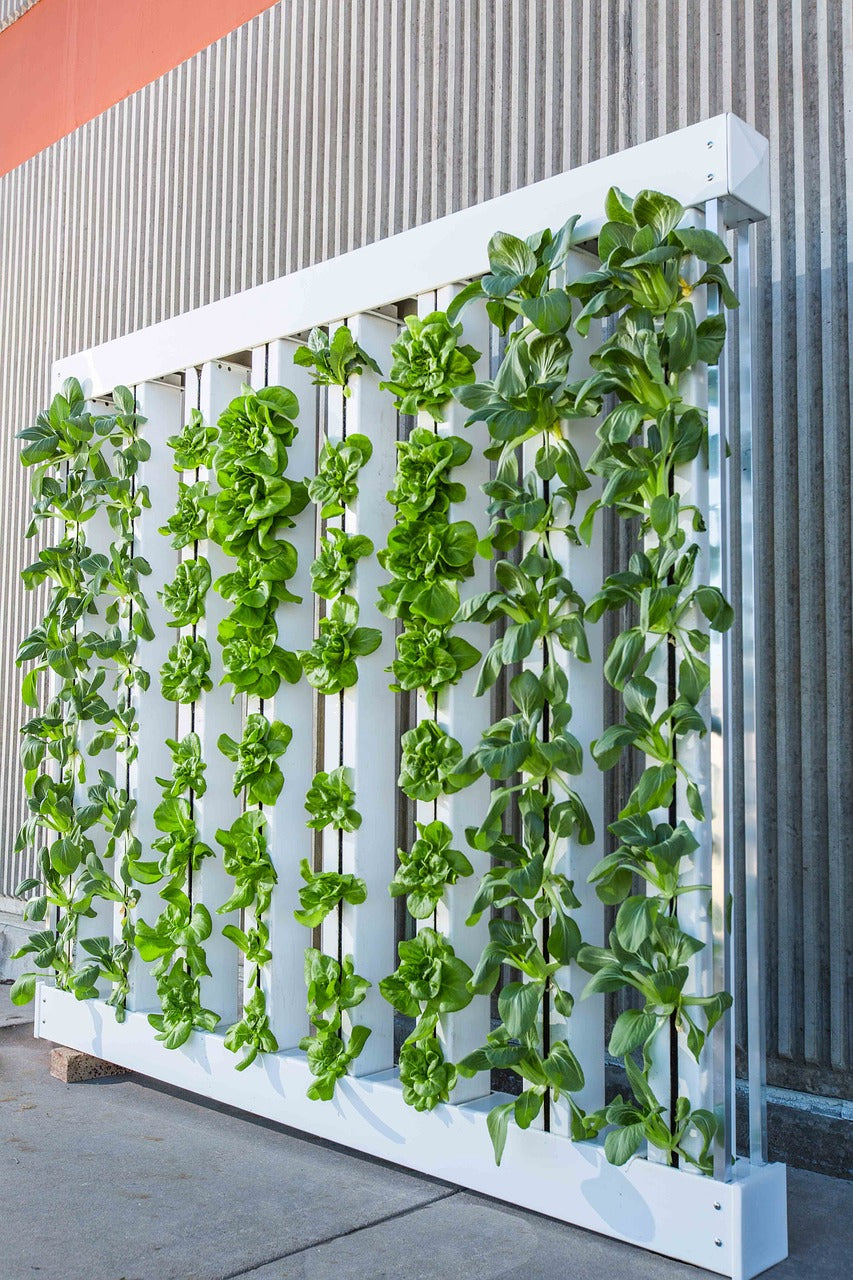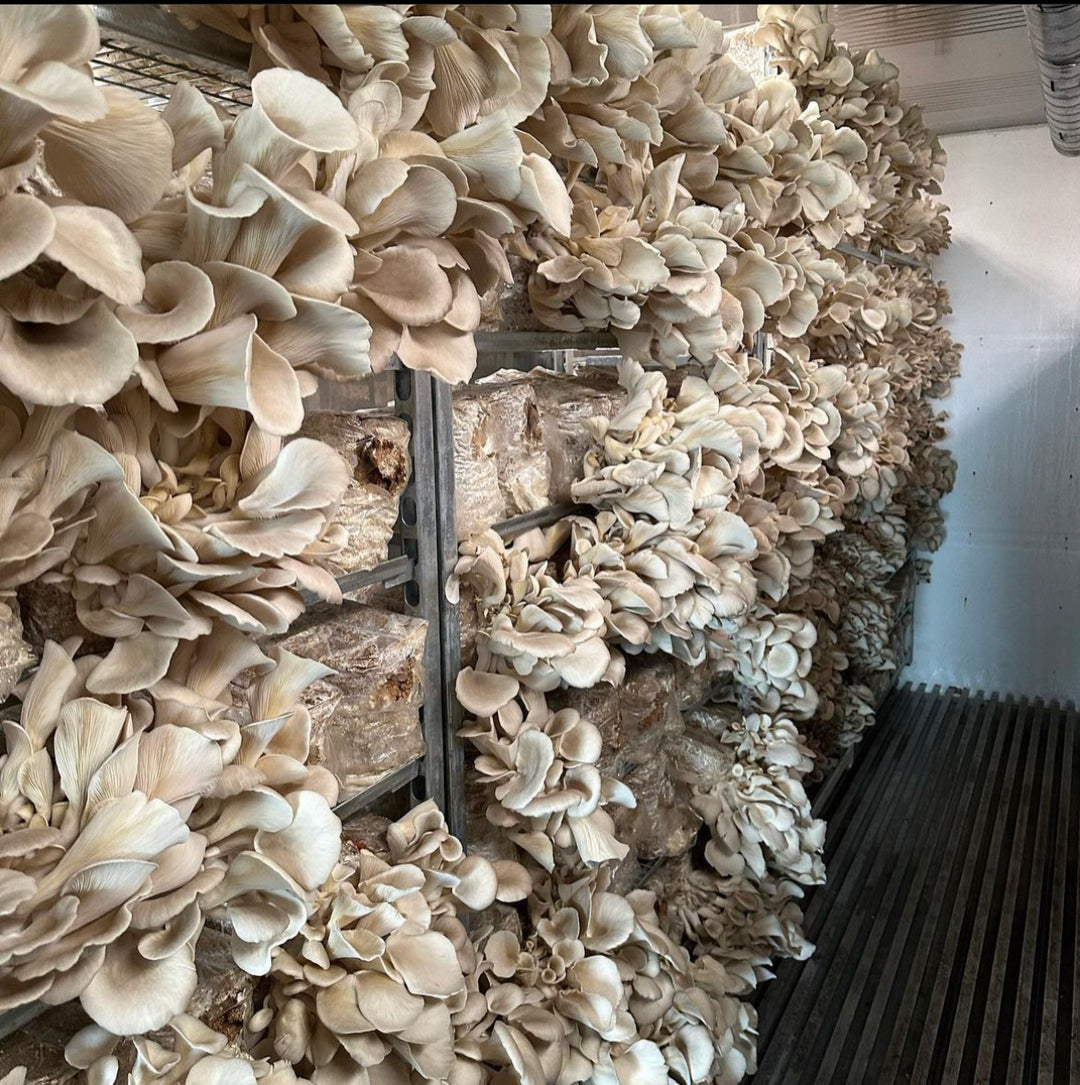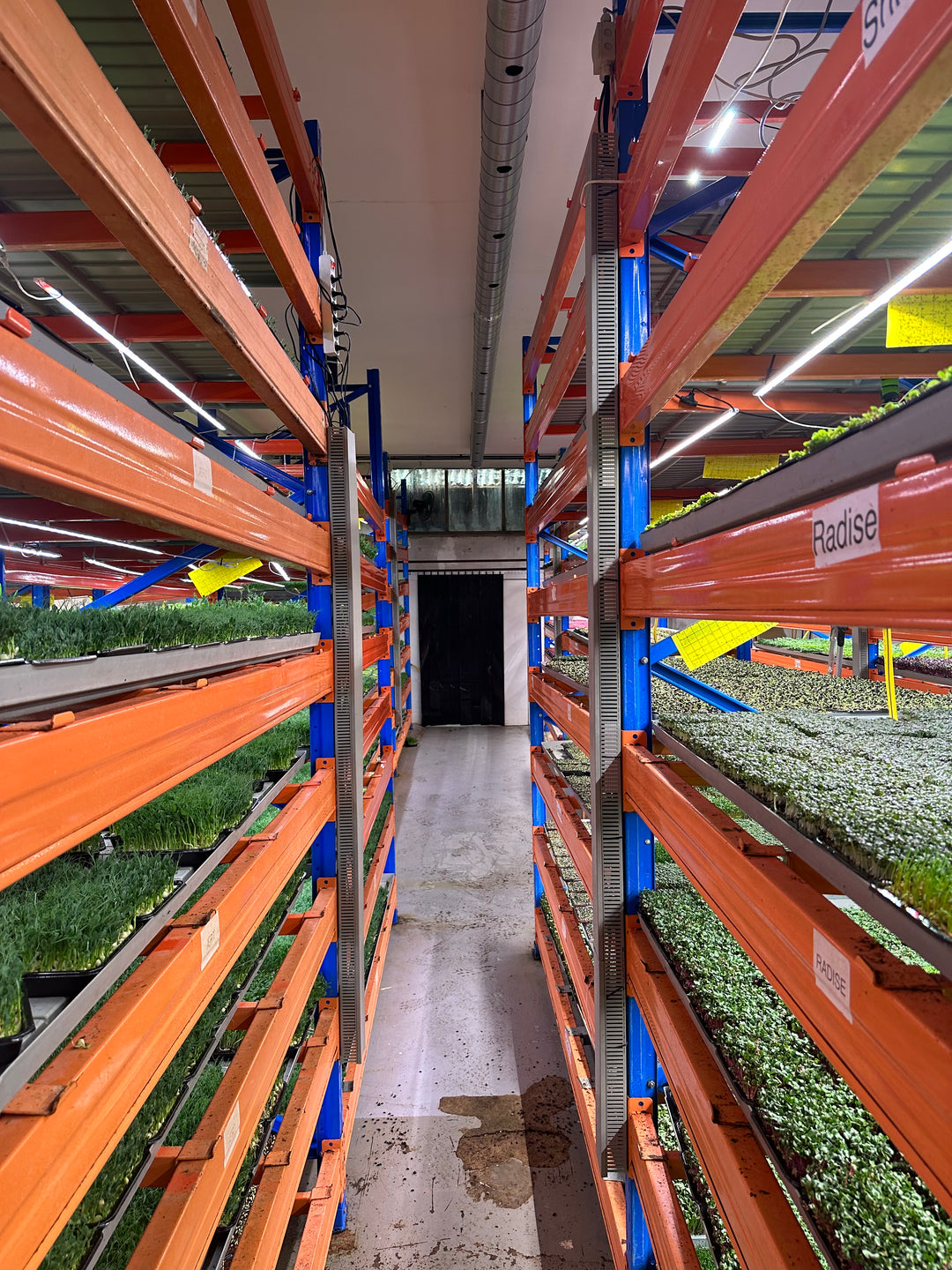Becoming Self-Sufficient: How to Grow Your Own Salad Indoors

In an age of rising food prices and growing concerns about sustainability, becoming more
self-sufficient has never felt more important. But when you think of growing your own food, you might picture sprawling gardens or greenhouses—something out of reach for apartment dwellers or anyone without outdoor space. The good news? You can start your journey toward food independence right inside your home by growing one of the simplest, healthiest things there is: salad.
Why Salad?
Salad greens are fast-growing, nutrient-rich, and incredibly versatile. From crisp romaine to
peppery arugula, soft butterhead to vibrant spinach, these leafy greens form the base of
countless healthy meals. Better yet, they’re among the easiest crops to grow indoors year-
round with minimal equipment.
What You’ll Need
Getting started is easy. You don’t need fancy hydroponic systems or grow tents. Here’s a
basic list to kick off your indoor salad garden:
Containers: Any shallow pot or tray with drainage holes will do. Even repurposed
containers like yogurt cups or plastic bins work.
Potting soil: Use high-quality, organic potting mix—avoid garden soil, which can
compact and cause drainage issues indoors.
Seeds: Choose fast-growing varieties like loose-leaf lettuce, baby spinach, arugula,
mizuna, or even microgreens.
Light: A south-facing window can work, but for the best results—especially in
winter—a simple LED grow light will provide consistent brightness.
Watering can or spray bottle: Keep the soil consistently moist but not waterlogged.
Getting Started
1. Fill your containers with moist potting soil, about 2–3 inches deep.
2. Scatter seeds evenly across the surface. There’s no need to bury them deeply—just a
light dusting of soil on top is enough.
3. Water gently to avoid washing the seeds around.
4. Place in a bright location—a windowsill that gets at least 6 hours of sunlight, or
under a grow light for 12–14 hours a day.
5. Thin the seedlings if they start to crowd, giving each plant a little breathing room. 6. Harvest often by trimming the outer leaves with scissors. This encourages regrowth
and prolongs your harvest.
Benefits of Indoor Salad Gardening
Freshness: Nothing beats the taste of salad picked minutes before you eat it.
Zero waste: No plastic packaging, no spoilage—just what you need, when you need
it. Self-sufficiency: Each container of salad is a tiny rebellion against reliance on
supermarkets. Stress relief: Tending to your greens is surprisingly calming and rewarding.
Educational: Great for kids or adults to learn where food really comes from.
Scaling It Up
Once you’ve got your first successful batch, it’s easy to expand. Add more containers with different greens. Experiment with herbs like basil, dill, or cilantro. Try microgreens, which grow even faster and pack a nutritional punch. You can even install a small shelving unit with grow lights to maximize vertical space.
Final Thoughts
Growing salad indoors is one of the most accessible ways to take a step toward food
independence. It’s low-cost, low-effort, and delivers real results you can taste. You don’t
need a farm—or even a balcony. Just a few pots, some seeds, and the will to try. In a few
short weeks, you’ll be enjoying fresh, homegrown greens… and the satisfaction of knowing you grew them yourself.
So, what are you waiting for? Clear that windowsill, grab a packet of seeds, and start your
journey toward a greener, more self-sufficient life—one salad at a time.


